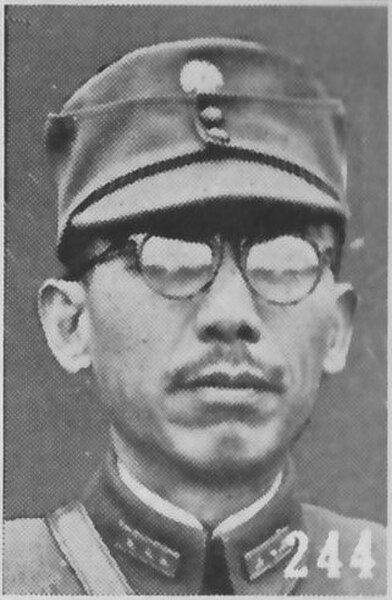Air warfare of World War II
Air warfare was a major component in all theaters of World War II and, together with anti-aircraft warfare, consumed a large fraction of the industrial output of the major powers. Germany and Japan depended on air forces that were closely integrated with land and naval forces; the Axis powers downplayed the advantage of fleets of strategic bombers and were late in appreciating the need to defend against Allied strategic bombing. By contrast, Britain and the United States took an approach that greatly emphasized strategic bombing and tactical control of the battlefield by air as well as adequate air defenses. Both Britain and the U.S. built substantially larger strategic forces of large, long-range bombers. Simultaneously, they built tactical air forces that could win air superiority over the battlefields, thereby giving vital assistance to ground troops. The U.S. Navy and Royal Navy also built a powerful naval-air component based on aircraft carriers, as did the Imperial Japanese Navy; these played the central role in the war at sea.

Boeing B-29 Superfortress long-range strategic bombers releasing their payloads during the Burma campaign in 1945. The B-29 was the largest aircraft to have a significant operational role in World War II and remains the only aircraft in history to have ever used a nuclear weapon in combat.
A Messerschmitt Bf 109 escorting a Junkers Ju 87 of the Luftwaffe in 1941
Hawker Hurricanes and Supermarine Spitfires of the RAF flying in formation in 1940
Aviation goggles and flying helmet used by famous RAF pilot Billy Strachan (1921-1998)
The Battle of Nanking was fought in early December 1937 during the Second Sino-Japanese War between the Chinese National Revolutionary Army and the Imperial Japanese Army for control of Nanjing (Nanking), the capital of the Republic of China.
Japanese General Iwane Matsui
Chinese General Tang Shengzhi
A Chinese civilian carries his dying son wounded in a Japanese air raid on Nanjing.
Japanese soldiers marching on Nanjing








